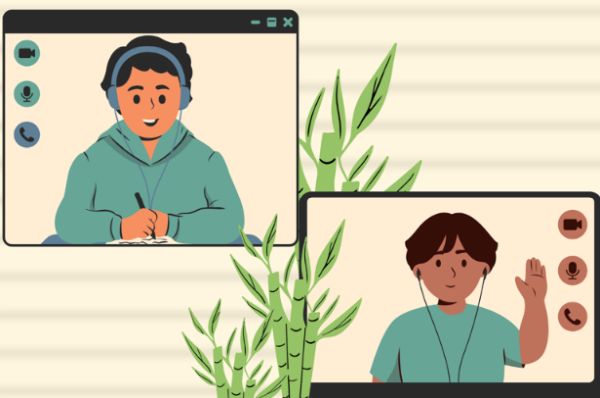Study Online – How To Start?
 You work a busy job. Maybe you are a parent, or maybe you have an active social life. Whatever your current schedule or situation is, it might feel like it is impossible to pursue a degree if you do not do it immediately after graduating high school. What is the truth to that, though?
You work a busy job. Maybe you are a parent, or maybe you have an active social life. Whatever your current schedule or situation is, it might feel like it is impossible to pursue a degree if you do not do it immediately after graduating high school. What is the truth to that, though?
I am here to tell you that there is little to no truth to that, in fact. Thanks to some of the new online courses that many universities and colleges are offering, almost anyone can decide to pursue higher education with much more flexibility and lower costs.
How does it work? Well, it might seem complicated, but it really is not. If you have been thinking about trying to enroll in one of these programs but have been feeling lost on how or where to start, this is the right article for you.
Stick around to learn more about this, and hopefully have some of your questions answered!
How do Online Courses Work?
Unsurprisingly, this is where most questions arise when it comes to online coursework. It definitely seems strange on the surface to try to get a college degree while remaining in the comfort of your own home. Trust me when I tell you that there is nothing wrong or unusual about it.
In fact, it is entirely possible to still get an incredibly high-quality education while doing this style of “non-traditional” learning. So, how does it work, then? Let me explain.
One of the biggest facets of virtual classes is the platform that they are hosted on. Many professors and universities opted to use Zoom during the pandemic, and it remains a popular choice. However, there are others out there as well.
If you are planning to enroll in a program, it might be worth asking what hosting service they use.
This includes where you turn in assignments. Blackboard is one example, but there are a ton of others as well. In general, it is not something worth stressing over.
Rather, it is a way to prepare yourself. There is nothing wrong with exploring the websites that potential programs use to determine if you will be able to navigate them easily, after all!
What else is there, though? One of the biggest concerns that you should check with any courses that you enroll in is whether they are synchronous or asynchronous. What do these terms mean?
Synchronous classes are ones that you must attend virtual lectures for. Asynchronous classes are ones where you watch pre-recorded content or lectures at whatever time is convenient for you. There is a big difference between them, so depending on your schedule, you might prefer one over the other.
Most pages that allow you to explore different programs and majors allow you to filter for courses in these styles. You can see this here, https://www.findmyprogramme.com/, as well as some other places online. The distinction is critical, so when you begin to enroll in classes, make sure that you double-check this.
The final note that I would like to make here is that just because a course is digital, that does not mean that your workload will be any less or any lighter. You should still expect anywhere from fifteen to twenty-five hours a week per course that you decide to take. This is standard for most places of higher education, so it is not unreasonable.
I simply caution you on it because it is surprising just how many people anticipate or expect that these classes will be super easy because they are taken over the internet. So, do not fall into that trap, and start preparing as soon as possible.
The Enrollment Process
As you can probably expect, this is where things tend to get a bit complicated. The more that we seek to pursue all of the different options, the more complex things can get. This is definitely the case for things like finding a major or program that appeals to you.
So, where can you get started? Something that you could consider is starting to look online at the different universities or colleges that offer these styles of classes. Not all of them will, especially now that the covid 19 pandemic is starting to subside.
There are many resources out there that can help to guide you in the right direction, some of which I linked above. Consider checking them out if you are curious or want to get started. You could also look in a place such as this one to understand what you might be looking for.
Not all virtual studies programs are created equal, after all. It is important that in our quest to find a convenient way to get a degree we do not forget to put our learning and further understanding of the field that we want to pursue ahead of the other factors. We all want to be prepared to enter the workforce when we graduate, including if we get our schooling digitally.
So, you may want to consider taking a mix of synchronous and asynchronous courses, depending on your style of life and your style of getting work done.
Personally, I do much better in synchronous environments, but I know that is definitely not the case for everyone. There is nothing wrong with trying both of them out in your first semester to figure out what works best for you.
In general, I would say that is a good approach to take for all of our higher education. It is okay to test the waters a bit and explore different majors and programs. I think that entering as an exploratory or undecided major can be quite beneficial, even.
At the end of the day, though, it is your decision. Do not make a rash one. Carefully consider the choices in front of you and determine what will be best for you (and your family, when applicable). Do not be afraid to take your time on it.






